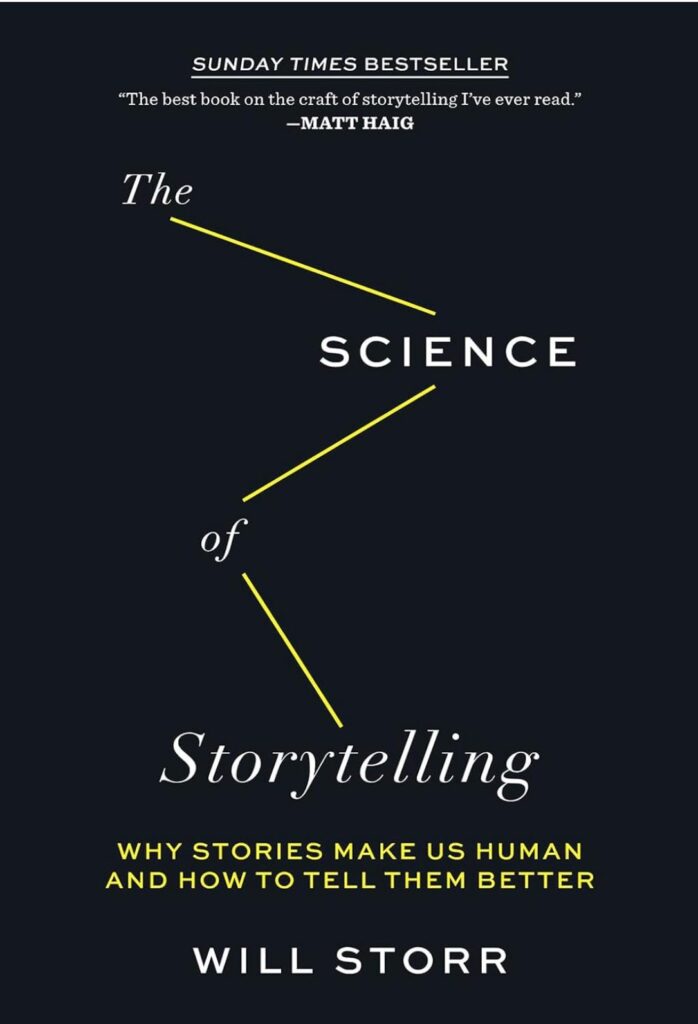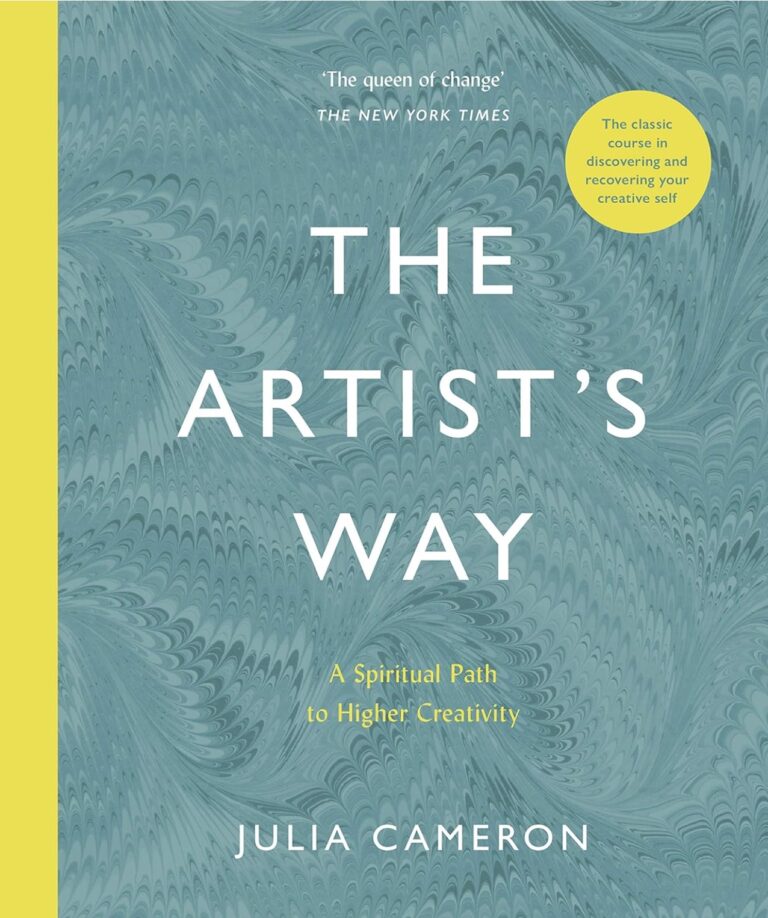When we talk about the structure of a story, the middle section often gets overshadowed by the excitement of the beginning and the satisfaction of the ending. Yet, in many ways, the middle is the true heart of any narrative.
In Hucow stories, where transformation, power dynamics, and intense emotional arcs drive the plot, crafting a powerful middle is essential to keeping your readers engaged.
As a Hucow author, I’ve found that the middle of the story is where the emotional and erotic tension builds. It’s where we deepen our characters, develop relationships, and push the boundaries of the transformation.
A weak middle can cause readers to lose interest, but a strong, well-paced one will keep them hooked until the very last page. Let’s dive into how you can craft an irresistible middle for your Hucow stories.
Table of Contents
ToggleUnderstanding the Role of the Middle
The middle section of your story is where the magic happens. It’s not just a bridge between the beginning and the ending—it’s where the bulk of your character development, conflict, and tension occurs.
In a Hucow story, this is where the transformation takes root, where emotions become tangled, and where the characters’ desires and fears clash.
In a typical story structure, the middle is where the stakes rise. For Hucow fiction, the stakes often revolve around the character’s transformation—be it emotional, physical, or both.
It’s where the heroine might start to accept her new life, or where the alpha male begins to feel protective and possessive over his Hucow. It’s also where your subplots come into play, offering readers more layers to explore.
Building Emotional Tension
In the middle of your Hucow story, the emotional stakes should escalate. This is the part where your characters’ emotions run high, where they start to wrestle with their inner conflicts.
For instance, a Hucow heroine might be torn between her desire to surrender and her fear of losing her independence. The alpha male, meanwhile, might struggle with his own feelings of dominance and the need to care for his Hucow.
As an author, you want to give these emotions room to breathe. Show your characters grappling with their feelings, engaging in deep conversations, or even avoiding their emotions altogether.
The middle of your story is the perfect place to slow things down a bit and let your readers feel the weight of these emotional stakes.
Use Internal Conflict to Deepen the Story
Internal conflict is a powerful tool, especially in Hucow stories where the transformation process is both physical and emotional.
Your heroine might feel conflicted about her new role, unsure if she’s ready to embrace this life. The alpha male might be conflicted about his growing attachment to her.
You can illustrate this internal conflict through inner monologue, body language, and even their interactions with other characters.
For example, a Hucow might lash out in frustration, only to realize that she’s actually afraid of how much she’s coming to rely on her new lifestyle.
Keeping the Erotic Tension High
Of course, in Hucow stories, the middle is also where the erotic tension builds. The physical aspects of the transformation—whether it’s milking, breeding, or submission—should intensify as the story progresses.
This is where you can really play with the erotic dynamics between your characters, exploring how their desires and needs evolve.
Slow Burn or Immediate Heat?
How you pace the erotic tension depends on your story. If you’re going for a slow burn, you’ll want to tease your readers with moments of closeness and near-intimacy without giving them full satisfaction right away.
Maybe your Hucow is just starting to experience the physical changes of her transformation, and her alpha male is biding his time, waiting for the perfect moment to claim her fully.
On the other hand, if your story is more fast-paced, you might want to dive into the physical aspects early on, but keep building the tension through their emotional connection.
Even if your characters are already engaging in physical intimacy, the emotional stakes can continue to rise, keeping your readers invested in their relationship.
Deepening Relationships
One of the key functions of the middle section is to develop the relationships between your characters. In a Hucow story, this is where the bond between the Hucow and her alpha male deepens, where trust is built, and where emotional walls start to come down.
In a well-crafted Hucow romance, the characters’ relationship isn’t just about physical dominance and submission—it’s about emotional growth, too. This is where your characters start to see each other as more than just their roles.
The alpha male might begin to understand the vulnerability behind his Hucow’s submission, while she might start to recognize the care and protection behind his dominance.
Showing Growth in the Middle
Character growth is essential to keeping your readers engaged through the middle of your story. This is the part where your Hucow heroine might start to come into her own, accepting her new role and finding strength in her submission.
Likewise, the alpha male might start to soften, realizing that his feelings for her go deeper than just physical desire.
To show this growth, focus on small, intimate moments between your characters. These can be quiet conversations, gestures of care, or even moments of vulnerability.
For example, your alpha male might show his softer side by tending to his Hucow after a particularly intense transformation session, or she might reveal her fears to him, allowing him to comfort her.
Pacing the Middle of Your Story
One of the biggest challenges of writing the middle of a story is keeping the pacing tight. It’s easy for the middle to drag if you don’t keep the stakes high and the tension simmering.
In Hucow stories, you can avoid this by continually raising the stakes—whether that’s through emotional conflict, physical changes, or external threats.
Balancing Action and Introspection
To maintain a good pace, it’s important to balance action with introspection. You don’t want your story to be all about inner monologues and emotional turmoil—but you also don’t want it to be non-stop action without any emotional depth.
In a Hucow story, you might balance the physical aspects of the transformation with quieter, more reflective moments. For instance, after an intense milking scene, you might have your heroine reflect on how her body is changing, or how she’s starting to accept her new life.
Introducing New Challenges
Another way to keep the middle of your story from dragging is to introduce new challenges for your characters. Maybe your Hucow heroine is starting to accept her new role, but now she has to deal with a rival who’s vying for the alpha male’s attention.
Or maybe the physical changes she’s undergoing are starting to take a toll on her emotionally, and she’s unsure if she can continue.
These challenges don’t have to be massive plot twists—but they should add layers of complexity to your characters’ journey, keeping your readers hooked.
Raising the Stakes
As you build toward the climax of your story, the stakes should continue to rise. In a Hucow story, this often involves deepening the transformation process, heightening the emotional tension, and pushing the characters to their limits.
For example, your Hucow heroine might face a decision that forces her to confront her deepest fears—whether that’s fully submitting to her new life or risking everything to return to her old one.
The alpha male, too, might be forced to make a choice between his duty and his growing feelings for her.
By raising the stakes in the middle of your story, you set the stage for a powerful climax and a satisfying resolution.
Weaving in Subplots
The middle of your story is also the perfect place to introduce or develop subplots. In Hucow stories, subplots might involve secondary characters, external conflicts, or even further explorations of the transformation process.
For example, a subplot could involve another Hucow on the farm, who is struggling with her own transformation, providing a mirror to the main character’s journey. Or, you might introduce an external threat—like a rival farm or a group that seeks to disrupt the transformation process.
These subplots not only add depth to your story, but they also help to maintain momentum and keep your readers engaged.
Conclusion
The middle of your story is where the heart of your narrative lies. It’s where you build emotional and erotic tension, develop your characters, and keep your readers invested in the outcome.
By balancing action and introspection, raising the stakes, and weaving in subplots, you can create a middle that’s just as compelling as your beginning and ending.
As a Hucow author, I’ve learned that the middle of the story is where the magic happens. It’s where the characters truly come to life, where their relationships deepen, and where the transformation process takes root.
So don’t rush through it—embrace the power of the middle, and your readers will stay hooked until the very last page.
References
If you wish to learn more about the topics I covered in this article, please refer to the following blog posts on this website:
- Grab the Reader’s Attention with a Steamy Opening – Crafting the perfect introduction to hook readers immediately.
- Setting the Stage for the Hucow Transformation – Introduce hints and teases about the transformation early in the story.
- Crafting a Satisfying Hucow Happily Ever After – Ensure your story has a fulfilling conclusion that aligns with reader expectations.
- Writing Cliffhangers in a Hucow Series – How to end chapters or books with tension to keep readers invested.
- Delivering an Emotional Payoff in the Closing – Structuring the story’s conclusion to provide emotional closure and satisfaction.
- Creating Instant Chemistry in the Opening Pages – How to establish attraction and tension between characters in the first few chapters.
Alternatively, below are some external references on this topic that you may find useful:
- Creating Emotional Arcs in Romance Writing – A guide to developing emotional depth and arcs that carry through the middle of your story.
- How to Avoid the Sagging Middle in Fiction – Practical tips for keeping the middle of your story engaging and dynamic.
- Building Tension in the Middle of Romance Stories – Insights on how to sustain romantic and erotic tension in the middle of a romance narrative.
- Maintaining Plot Momentum in Long-Form Fiction – Learn how to keep the plot moving and avoid slow pacing in the middle chapters.
- Writing Emotional Highs and Lows in Romance – How to write emotional peaks and valleys in the middle of your romance story.
- Plotting Romance Midpoints: Raising Stakes and Intensifying Tension – How to raise the stakes and heighten the emotional and erotic tension at the story’s midpoint.







































